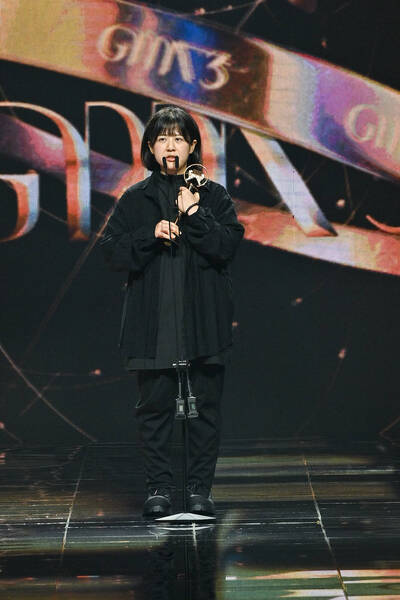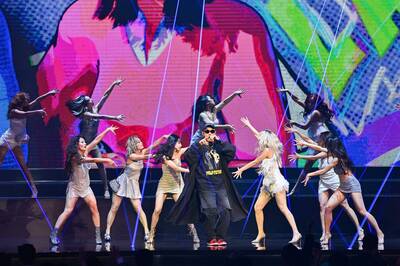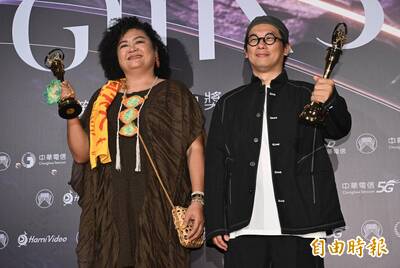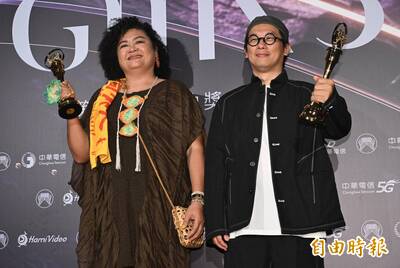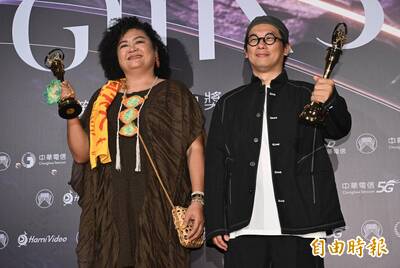《TAIPEI TIMES》 Kaohsiung show focuses on little-known wartime raid
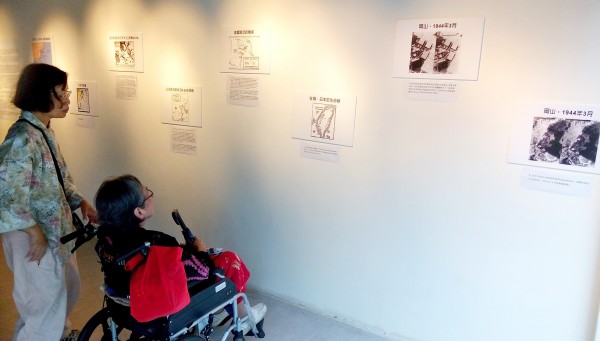
Kaohsiung residents on Saturday look at maps and reproductions of photographs in an exhibition at the Gangshan Cultural Center commemorating the 73rd anniversary of the World War II bombing of the city and surrounding area. Photo: Jason Pan, Taipei Times
OCTOBER 1944 BOMBING: The head of the Southern Taiwan Society said he feels bad that people think it was the Japanese who carried out the raids, not the Allies
By Jason Pan / Staff reporter, in KAOHSIUNG
Civic organizations, the Southern Taiwan Society and survivors of an Allied bombing of military and industry installations around Kaohsiung during World War II came together on Saturday to open an exhibition commemorating the Oct. 14, 1944, air raid.
The exhibition at Kaohsiung’s Gangshan Cultural Center opened on Saturday, the 73rd anniversary of the bombing.
“Allied bombing of southern Taiwan killed and injured thousands of residents, and destroyed many homes and buildings in Kaohsiung, but to this day, very few people show concern for the suffering of victims and their families,” Southern Taiwan Society secretary-general Chia Tek-khiam (謝德謙) said.
“This incident had largely been neglected and forgotten, because after the war, the foreign occupying regime of the Chinese Nationalist Party [KMT] did not want people to remember that Taiwan was part of the Japanese Empire until the end of the war. We must make a renewed effort to confront history and to understand roles of the Taiwanese and their changing identities over the past centuries,” Chia said.
The US military deployed B-29 bombers on Oct. 14, 1944, to target installations around Kaohsiung Harbor, and the “61st Aircraft Factory of Okayama” run by the Imperial Japanese Navy Air Service.
“Okayama” was the Japanese name for what is now Kaohsiung’s Gangshan District (岡山).
The exhibition opened with a minute of silence for the people who were killed in the bombing, followed by testimonies from survivors and speeches by government officials and others.
Liang Chi-hsiang (梁啟祥), 89, gave an eyewitness account of the air raid, which took place when he was a high-school student working at the 61st Aircraft Factory as an apprentice.
“When the air raid siren sounded, I was on my way to work, but people and vehicles outside the factory had been stopped by military officers. We saw the bombs fall and explode at a distance,” he said, adding that the factory and many houses were burned down in the ensuing fires.
While some anti-aircraft artillery tried to knock out the US bombers, there was no sign of Japan’s Zero fighters, Liang said.
“The Japanese military had already suffered a lot of damage from previous bombings and could no longer defend itself against the US military. So at the time, I and other locals knew that Japan had lost the war and would have to surrender soon,” Liang said.
Southern Taiwan Society chairman Chang Fu-chu (張復聚) said he felt awful about how history of that time has become distorted.
“When I talk about the wartime air raids, some people thought it was the Japanese who bombed Kaohsiung and other cities in Taiwan, killing locals,” Chang said.
Only by confronting the past can we learn the lessons from it and have a better future, he said.
Democratic Progressive Party (DPP) Legislator Chiu Chih-wei’s (邱志偉) family is from Gangshan and he said he had grown up listening to stories about the raids.
“We have to teach this history at school to the younger generation so it will not be forgotten, Chiu said, adding that he would work in the legislature to push for such educational programs.
The exhibition, which runs through Nov. 12, include maps and photographs from the national archives and declassified military files from the US and Japan, along with materials from recently published books by wartime journalists as well as researchers.
新聞來源:TAIPEI TIMES











